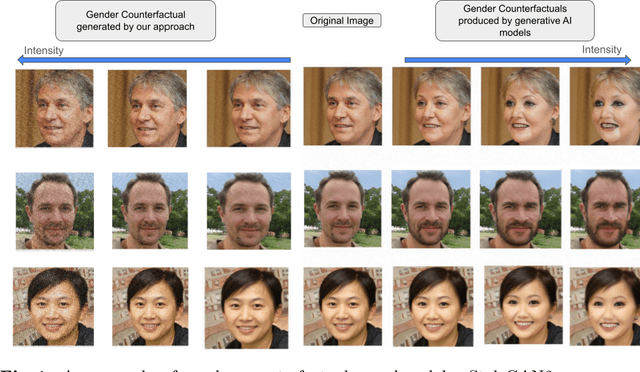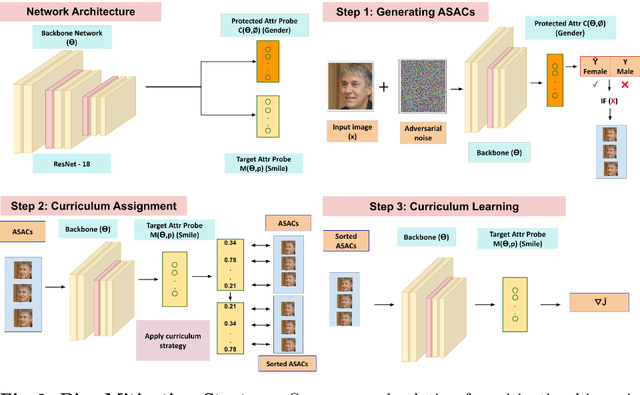Dhruv Srikanth
AIDE: AI-Driven Exploration in the Space of Code
Feb 18, 2025Abstract:Machine learning, the foundation of modern artificial intelligence, has driven innovations that have fundamentally transformed the world. Yet, behind advancements lies a complex and often tedious process requiring labor and compute intensive iteration and experimentation. Engineers and scientists developing machine learning models spend much of their time on trial-and-error tasks instead of conceptualizing innovative solutions or research hypotheses. To address this challenge, we introduce AI-Driven Exploration (AIDE), a machine learning engineering agent powered by large language models (LLMs). AIDE frames machine learning engineering as a code optimization problem, and formulates trial-and-error as a tree search in the space of potential solutions. By strategically reusing and refining promising solutions, AIDE effectively trades computational resources for enhanced performance, achieving state-of-the-art results on multiple machine learning engineering benchmarks, including our Kaggle evaluations, OpenAI MLE-Bench and METRs RE-Bench.
Bifurcation Identification for Ultrasound-driven Robotic Cannulation
Sep 10, 2024



Abstract:In trauma and critical care settings, rapid and precise intravascular access is key to patients' survival. Our research aims at ensuring this access, even when skilled medical personnel are not readily available. Vessel bifurcations are anatomical landmarks that can guide the safe placement of catheters or needles during medical procedures. Although ultrasound is advantageous in navigating anatomical landmarks in emergency scenarios due to its portability and safety, to our knowledge no existing algorithm can autonomously extract vessel bifurcations using ultrasound images. This is primarily due to the limited availability of ground truth data, in particular, data from live subjects, needed for training and validating reliable models. Researchers often resort to using data from anatomical phantoms or simulations. We introduce BIFURC, Bifurcation Identification for Ultrasound-driven Robot Cannulation, a novel algorithm that identifies vessel bifurcations and provides optimal needle insertion sites for an autonomous robotic cannulation system. BIFURC integrates expert knowledge with deep learning techniques to efficiently detect vessel bifurcations within the femoral region and can be trained on a limited amount of in-vivo data. We evaluated our algorithm using a medical phantom as well as real-world experiments involving live pigs. In all cases, BIFURC consistently identified bifurcation points and needle insertion locations in alignment with those identified by expert clinicians.
Utilizing Adversarial Examples for Bias Mitigation and Accuracy Enhancement
Apr 18, 2024



Abstract:We propose a novel approach to mitigate biases in computer vision models by utilizing counterfactual generation and fine-tuning. While counterfactuals have been used to analyze and address biases in DNN models, the counterfactuals themselves are often generated from biased generative models, which can introduce additional biases or spurious correlations. To address this issue, we propose using adversarial images, that is images that deceive a deep neural network but not humans, as counterfactuals for fair model training. Our approach leverages a curriculum learning framework combined with a fine-grained adversarial loss to fine-tune the model using adversarial examples. By incorporating adversarial images into the training data, we aim to prevent biases from propagating through the pipeline. We validate our approach through both qualitative and quantitative assessments, demonstrating improved bias mitigation and accuracy compared to existing methods. Qualitatively, our results indicate that post-training, the decisions made by the model are less dependent on the sensitive attribute and our model better disentangles the relationship between sensitive attributes and classification variables.
Next-Generation Teleophthalmology: AI-enabled Quality Assessment Aiding Remote Smartphone-based Consultation
Feb 11, 2024Abstract:Blindness and other eye diseases are a global health concern, particularly in low- and middle-income countries like India. In this regard, during the COVID-19 pandemic, teleophthalmology became a lifeline, and the Grabi attachment for smartphone-based eye imaging gained in use. However, quality of user-captured image often remained inadequate, requiring clinician vetting and delays. In this backdrop, we propose an AI-based quality assessment system with instant feedback mimicking clinicians' judgments and tested on patient-captured images. Dividing the complex problem hierarchically, here we tackle a nontrivial part, and demonstrate a proof of the concept.
 Add to Chrome
Add to Chrome Add to Firefox
Add to Firefox Add to Edge
Add to Edge